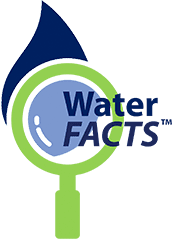As part of the new regulations set to take effect on July 12, 2024, Ohio Residential Care Facilities (RCFs) must now implement a mandatory water management program designed to manage the risk of waterborne pathogens, including Legionella. This update is outlined in Rule 3701-16-12, Section D of the Ohio Administrative Code.
